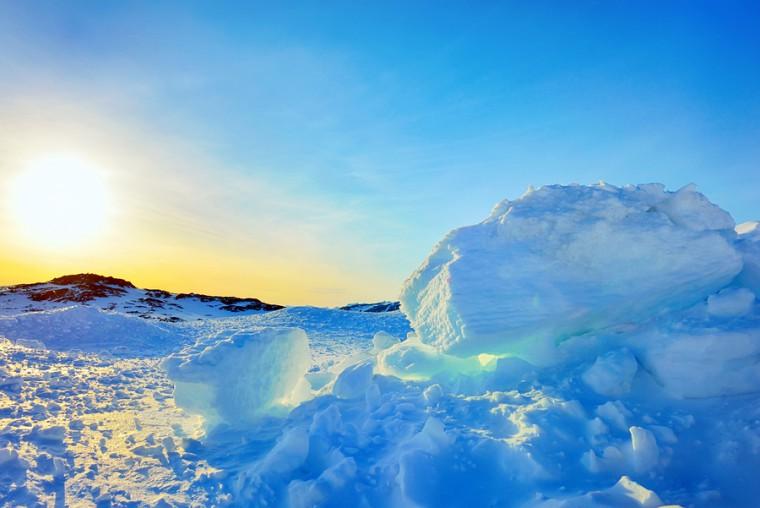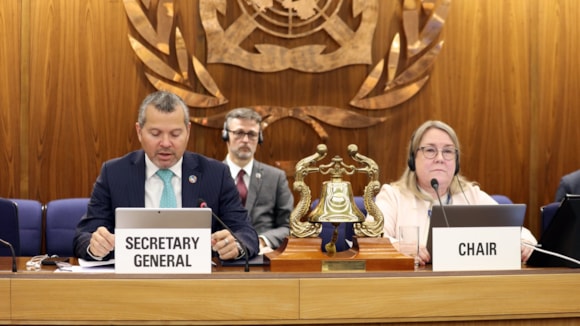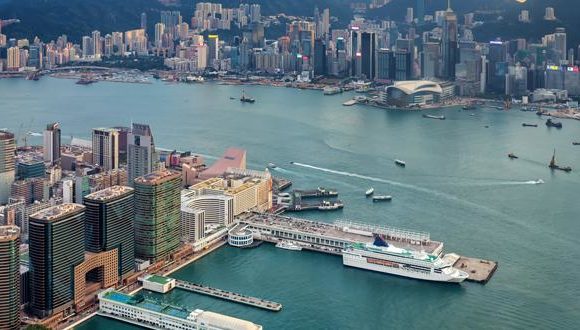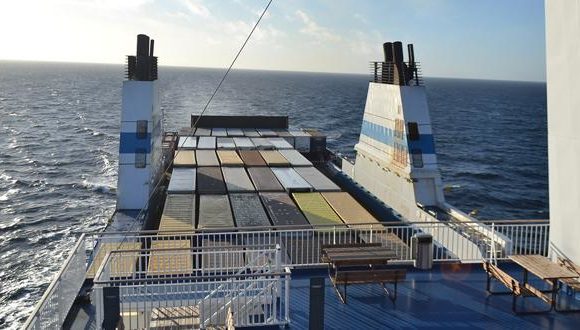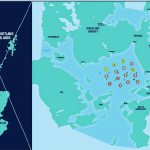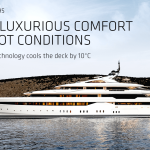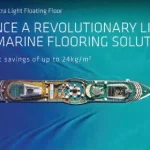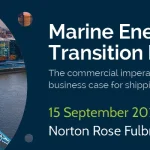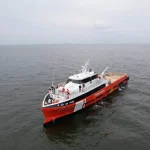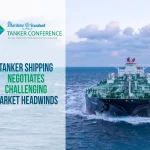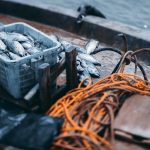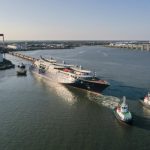Arctic Cruise: Explorers of Today on Course for Legendary Northwest Passage
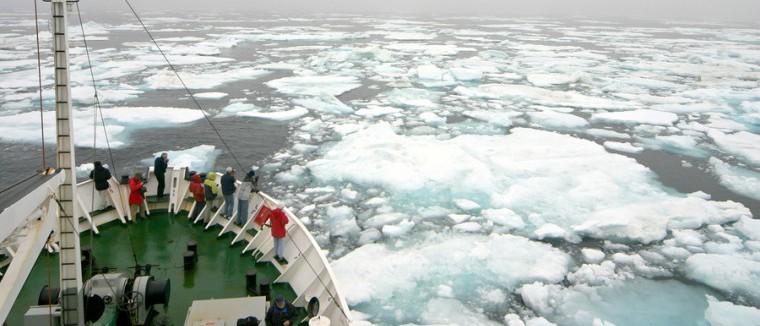
Arctic Cruise… Have you ever dreamed of sailing the sea’s last frontier? Well, in that case a cool 20 to 150,000 dollars can turn your dreams into reality.
The lure of traversing the Northwest Passage has enticed adventurers of yore for centuries. 900 modern-day explorers will be making the intrepid voyage aboard The Crystal Serenity to succeed where their predecessors failed.
Others, including both smaller expeditions and commercial vessels, have already made successful crossings, according to Thomas Mazloum, who is the executive VP of the current tour operator, Crystal Cruises. But having so many guests aboard requires much more careful planning and preparation. The man in charge of making the journey happen, Tim Soper, has already crossed the Northwest Passage on a ship named The World. His credentials as a successful navigator of the passage is what has led Crystal to seek his help. The only difference which Tom sees lies in the size of the ship and crew – The World is only equipped to accommodate up to 250 crew and 250 guests at most.
Over the past century and a half, the lure of the Northwest Passage has enticed many bold sailors. Early attempts to cross the Northwest Passage often ended in an icy death for captain and crew. Take for instance the early voyage undertaken by British captain John Franklin in 1845, in which all of the 129 sailors found an icy grave in the Canadian Arctic. The Norwegian Roald Amundsen was the first to make it from the Atlantic to the Pacific Ocean via the Northwest Passage nearly half a century after Franklin’s attempt. The voyage through the frozen landscape had taken Amundsen three years when he finally sighted the Pacific in 1906. It wasn’t until the 1940s that further successful crossings were made and even as late as the mid-1990s, only a very few ships undertook the journey every year. The Northwest Passage was, and for the most part continues to be, virgin territory in terms of tourism.
Shifting ice patterns in the 21st century, however, have opened up the route to a wider scope of vessels and intrepid travelers. In 2013, nearly 20 ships had made the voyage. Enter the modern navigator of the Northwest Passage.
Entrepreneurs are increasingly taking advantage of the climatic changes and technical advances to bring yachting enthusiasts to this legendary sailing landscape. Soper’s business, EYOS Expeditions, also began this way. “We saw a gap in the market where some people had very capable, expedition-style superyachts — and they’re kind of lost as to where to take them,” he said. “Just over 200 ships have ever sailed the whole length of the Northwest Passage since Amundsen. Members of our team have been on board for 10%, maybe 20% of those.” According to Richard Haworth, owner of High Latitudes, which also provides Arctic tours to superyacht owners, this is currently a booming industry – as the visitor numbers clearly indicate.
So what does more traffic mean for the region and, more specifically, for the local populations? Will tourism bring more wealth to the indigenous people who live there? James Henry Bell, editor of the Nunatsiaq News in Iqaluit, the capital of Canada’s northern Nunavut territory, is more skeptical with regards to the benefits which mass tourism have on the local economies. He does not believe that tourists will leave a lot of cash behind, but instead more waste. Added to that is the potential logistical
nightmare of suddenly having to accommodate 900 visitors, the equivalent size of many of the villages themselves, according to Bell.
To counter such negative prospects, Crystal Cruises’ VP maintains that visitors will not be polluting the local environments with their garbage. What they will leave behind, according to him is “not a single drop of garbage or anything else.” In addition, safeguards will be put in place to prevent the small communities from being swamped with foreigners. To this effect only groups smaller than 150 to 200 will be allowed to disembark and visit the local villages at any one time.
Other local residents see the opening up of the Northwest Passage to more sailing enthusiasts as an economic opportunity as ships will need stopping off points for vital supplies, as well as for purely recreational purposes. “We’ve made a concerted effort to try to trap more of that traffic here and promote ourselves,” Clare Kines, the economic development officer in the Inuit village of Arctic Bay on Baffin Island says. In fact, there appears to be unanimous local support for the coming of the ships, according to Tim Soper, whose team met with the leaders of the local communities.
Safety and preventing accidents is obviously another big concern. Canadian authorities have begun devoting resources to test what-if scenarios. One such exercise was conducted this year in York Sound near Iqaluit with Canada’s armed forces and coast guard involving the rescue of a grounded ship. Yet accidents do nonetheless happen. In 2010 a ship ran aground in Nunavut’s Coronation Gulf. A Canadian icebreaker managed to pick up the crew and the 118 passengers on board, all of whom were unharmed.
Changing ice conditions represent perhaps the biggest challenge. This year is a prime example of the difficulty involved, says Mario Pelletier, assistant commissioner of the Canadian Coast Guard, since he claims that the “ice conditions this year are way above what we’ve seen over the last few years” and “about a dozen ships” are waiting for conditions to improve before resuming Arctic voyages. Pelletier is especially concerned about the multiyear ice, which the Northwest Passage has seen a lot of this year and which survives at least one summer melt, making it thicker and hard as rock.
Canada’s coast guard operates seven icebreakers, but vessels cannot expect help to arrive in a jiffy considering how far away and extensive the country’s Arctic coastline is. Expeditions need to therefore be self-sufficient.
Bearing this in mind, the Crystal Serenity will travel its maiden voyage in 2016 alongside an ice-rated support vessel, which can furrow through the ice, contains a helicopter pad for reconnaissance flights and can provide support with towing, pollution cleanup and evacuation in an emergency.
Mr. Mazloum is confident that his Crystal Serenity is equipped to withstand all possible scenarios. Moreover, he believes that his luxury cruise — far from being a risk — can have a positive impact in a fragile, distant corner of the sea.

